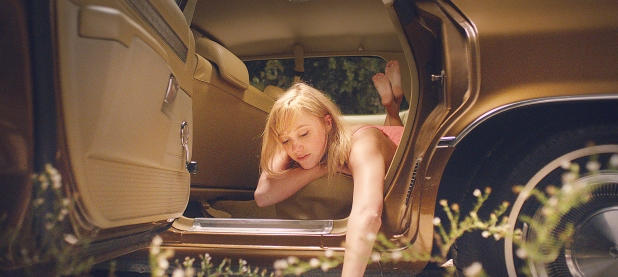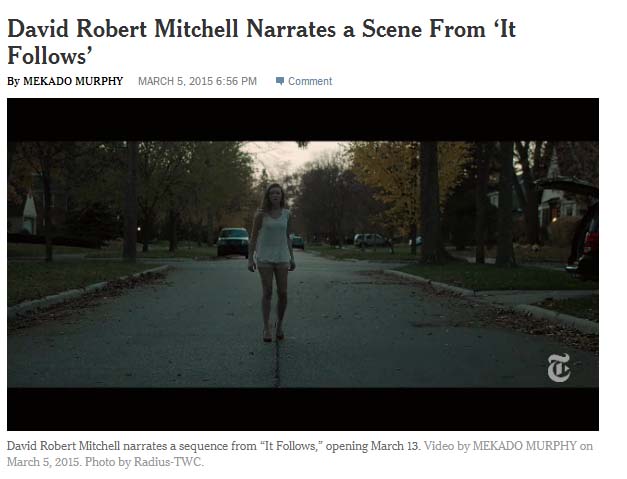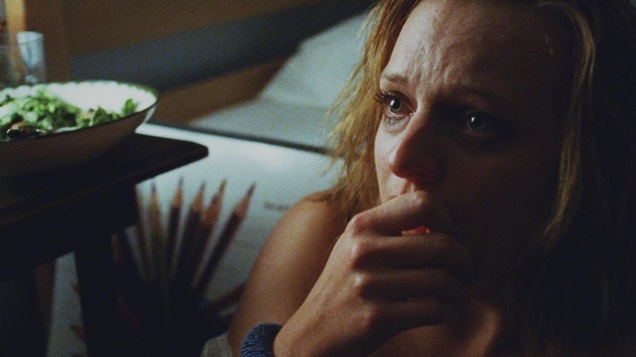JIMENEZ: "OF COURSE YOU CAN SEE THE '70s AMERICAN CINEMA LIKE SCORSESE, COPPOLA, FRIEDKIN, DE PALMA, FOR SURE"
 Some quotes noting the influences on Cédric Jimenez' The Connection:
Some quotes noting the influences on Cédric Jimenez' The Connection:Brad Brevet, Rope Of Silicon
"Described as a 'European flipside to William Friedkin's The French Connection', The Connection is much more than a marketing blurb intent on piquing the interest of hard-to-attract general audience members. This is a down-and-dirty '70s crime thriller, with all the texture of the 35mm film it was shot on. In fact, marketing blurbs with this one are easy as you'll find odes to [Michael] Mann, Brian De Palma and Martin Scorsese. This isn't to say it reaches the heights of those filmmakers, but the debt Jimenez owes to his predecessors is quite clear...
"The Connection isn't without its flaws, however. While the comparisons to Mann, De Palma and Scorsese are apt, it runs into trouble when it can't live up to its influences. Outside of some of the colorful flourishes reminding me of De Palma, this is very much a Michael Mann film though it lacks in Mann's control of sound, the hammering of gunfire Mann jars you out of your seat with, and the score and soundtrack is far from what Mann would deliver. A verbal confrontation between Tany and Michel almost immediately conjures memories of the sit down between Pacino and De Niro in Mann's Heat and if you're going to bring to light those comparisons you better be operating at the highest level and as much as I found it entertaining, The Connection can't stand with the big boys.
"But this isn't to diminish this movie in any way. As a piece of period entertainment, The Connection is rock solid."
"Jimenez has done well with this high-budget piece, and it’s a sure winner in its native country. The writing is not the best, however, the acting is superb, the soundtrack is fantastic and the cinematography is at times stunning. It’s clear there’s been an influence from the likes of many cat-and-mouse crime thrillers; the work of Martin Scorsese, Brian De Palma, and even Quentin Tarantino is significant within The Connection, as various scenes clearly remind viewers of those from Goodfellas, The Untouchables, The Departed, and Scarface. Particular moments set in the Krypton club leave viewers almost expecting to see Tony Montana giving the famous stare."
Rob Hunter, Film School Rejects
"The Connection mixes elements from other films — Heat, The Untouchables — with its own style to tell a familiar tale well. It creates a world and pulls you in only to remind you at the end that this warm, sunny fantasy is actually the cold, dark world called reality."
Frank J. Avella interviews Cédric Jimenez at EdgeBoston.com
The film's look is dazzling, stunning, yet, quite gritty. "We shot in 35mm, which is always really beautiful. There's something special with 35mm that you can never have in HD. I am very close with my DP (Laurent Tangy). And I told him, we have to adapt the aesthetic of the movie around the story and not the story around the aesthetic...the shooting had to be instinctive."
It's easy to watch the film and get a certain Scorsese/"Mean Streets" sense. Jimenez acknowledges his influences, "Of course you can see the '70s American cinema like Scorsese, Coppola, Friedkin, Brian dePalma, for sure. I also love the French gangsters cinema, too, like Verneull, Melville. And Italian cinema."
What is interesting is that he says he didn't screen any of the works of those filmmakers to prep for "The Connection," Instead he watched Alejandro Inarritu films (like "Babel") and Darren Aronofsky's work, "looking for reality and looking for something very intense and very visceral." He adds, "But in the end you have you make your own movie with your own personality."
"The Connection," which will be released here by Drafthouse Films, marks the self-taught director's third feature after getting his start as a producer a decade ago. He's currently working on an English language film with American actors but didn't want to elaborate further.







 In an interview with
In an interview with  Back in 2013,
Back in 2013, 

 Pictured here from left-to-right are Roman Coppola, Jason Schwartzman, and Wes Anderson, posing last month at
Pictured here from left-to-right are Roman Coppola, Jason Schwartzman, and Wes Anderson, posing last month at 